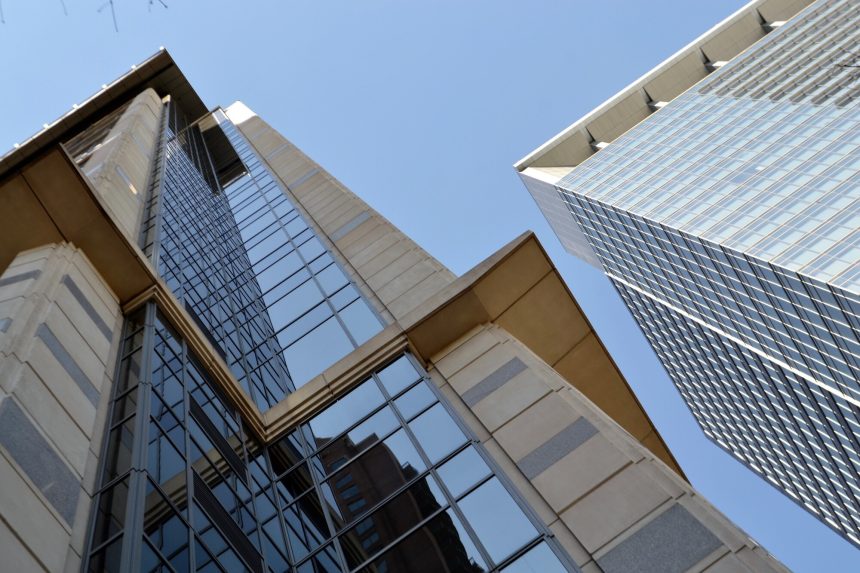Despite the recent pandemic, commercial real estate still offers some great investment opportunities. Experts project the U.S. GDP will surpass pre-pandemic levels as early as 2021. This bodes well for real estate.
As with any investment, commercial real estate comes with risks, but the returns often exceed other forms of investments. Are you wondering how to invest in commercial real estate?
We’ll explain the basics of investing here.
What Types of Real Estate Are Commercial?
Commercial properties serve many purposes, but most commercial real estate falls into one of the following types:
- Multifamily
- Retail
- Office
- Industrial
- Special purpose
Multifamily commercial properties are large apartment complexes as well as condominium buildings, and smaller multifamily buildings. Whenever there is more than one unit, it’s multifamily real estate. If there are more than four units in a building, it’s a commercial property.
Retail ranges from community retail centers to strip malls. It also includes banks and restaurants. These include small retail buildings of 5,000 square feet up to big shopping centers that are 350,000 square feet or more.
Office space is one of the most common types of commercial real estate. You’ll see office space in Class A, B, and C categories.
Class A includes the nicest properties that are new or renovated and are in great locations. Class B real estate requires some investment for repairs and upgrades. Class C buildings are in poor locations and have high vacancy rates but are sometimes great opportunities.
Investing in Commercial Real Estate
Before you invest in commercial real estate, check out the market in which you’re investing. Every geographic area is a different market and not all markets behave the same. Make sure you’re not investing in a type of commercial real estate that’s oversaturated in your specific area.
Is there a type of property that’s undersupplied in your area? That’s a good property for a feasibility study to see what the prospects are for future growth and success.
Understand real estate market cycles to avoid investing when the market is high and having to sell when it’s in a down cycle.
Once you spot an investment in which you’re interested, make sure to do your due diligence. This includes:
- Researching the property
- Reviewing tax returns and financials
- Reviewing previous profit and loss statements
- Property survey
- Property inspection
- Considering soft deposit financing to close the deal quickly.
A good investor service can simplify the process by offering a lot of these services.
Prepare a Contingency Fund
In addition to your financing, it’s good to prepare a contingency fund. This extra fund helps cover unexpected expenses while you’re stabilizing your commercial property. A contingency fund also helps if you experience a negative cash flow while improving the property’s performance.
Benefits of Commercial Real Estate Investments
Commercial real estate offers many benefits. Unlike stocks, it’s a direct investment with the potential to provide a stable cash flow via rental income.
Most real estate investments appreciate over time providing equity as well as income. Real estate investing is a great way to diversify your portfolio and grow your wealth.
Are you looking for more investing tips and information about investing software? Keep reading our blog!













